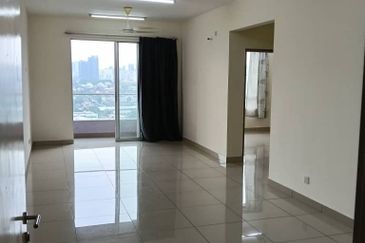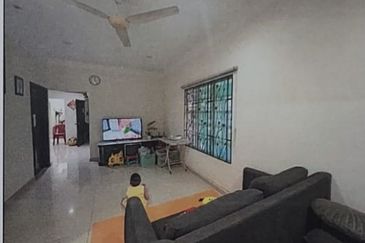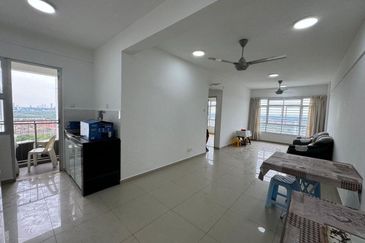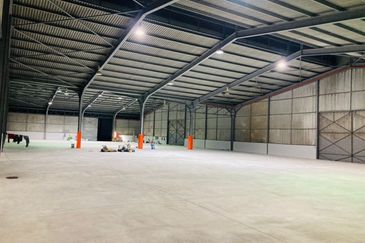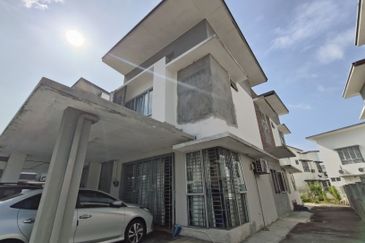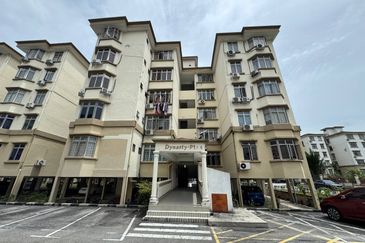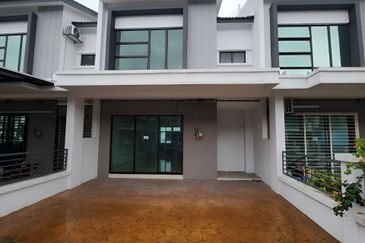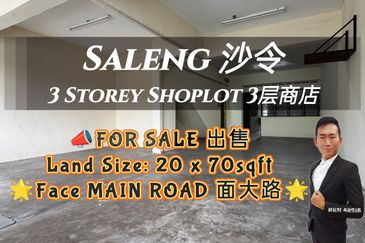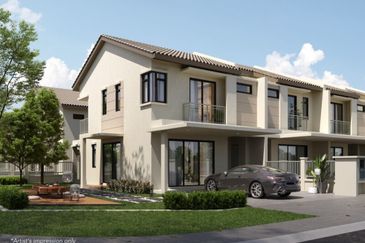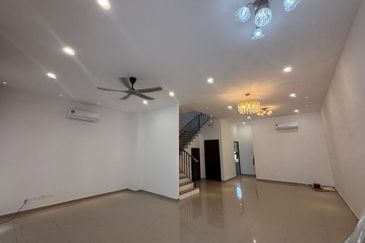
IN less than two years, Singapore-based Lee Rubber Co (Pte) Ltd has divested itself of at least four assets in Malaysia, namely in Johor, Kuala Lumpur and Penang. The group is expected to dispose of two more properties in the coming months.
The rationale behind the recent spate of divestments remains unknown in the real estate circles.
Industry sources say the move may signal Lee Rubber’s exit from Malaysia or that the land no longer serves its original purpose. A couple of industry players suggest that the sales may be tax-related.
A Lee Rubber representative in Petaling Jaya, Selangor, Ng Wai Hung, who is said to be in charge of the company’s assets in Malaysia, did not respond to questions emailed by The Edge.
Based on announcements and media reports, since April 2015, Lee Rubber has signed deals to sell the four properties valued at more than RM300 million. Two of the properties are in Johor. Also on the cards is the sale of two other assets — one in Kuala Lumpur and the other in Penang — that could potentially fetch between RM210 million and RM290 million.
“It appears as if they [Lee Rubber] are exiting the country,” an industry observer tells The Edge, echoing the thoughts of at least two other real estate agents.
But one real estate agent, who declined to be named, offers a different view. “Lee Rubber had previously maintained that if the price was right, it would consider a sale. It may be consolidating and taking up the good offers,” he says.
It is common for landowners — especially those with a history that goes back to the 1920s and that own vast tracts — to look at their assets and undertake an optimisation exercise, he adds. “If it is not possible to develop the land or if it is too small or has reached a certain price on the market, it is best to sell. The money from these disposals can be used to fund other projects.”
Moreover, because Lee Rubber has a large portfolio of assets in Malaysia, these recent sales may be just a drop in the ocean. Lee Rubber is believed to have land across the country, from Johor to Kedah.
A 2008 booklet issued by Iskandar Regional Development Authority states that Lee Rubber had formed a joint venture with Johor Corp and the Employees Provident Fund to develop the 456-acre Johor Technology Park. It also says the company has a further 6,100 acres, comprising a 2,900-acre township being developed at Taman Impian Emas on a joint-venture basis with Kuok Group and another company, and 3,200 acres in Senai and Skudai.
Recent asset divestments
Early last year, Lee Rubber completed the sale of the Lee Rubber Building located at the corner of Jalan Tun H S Lee in Kuala Lumpur. The then 85-year-old building was sold to Singapore-owned GF Land Sdn Bhd for RM29 million.
During the British era, the four-storey building held the distinction of being the tallest in Kuala Lumpur. Subsequently, another floor was added and today it has a total built-up of 46,607 sq ft and a net lettable area of 38,126 sq ft.
A search on the Companies Commission of Malaysia (SSM) website shows that GF Land is a Johor-registered company that is wholly owned by Hillington Pte Ltd. Its directors are Tony Con-Ling Chen, Justin Kenny Chen and Robert Conway Chen.
Towards the end of last year, Lee Rubber’s wholly owned Dhalia Utama Sdn Bhd entered into a deal to sell two parcels of land measuring 121.19 acres in Kulai, Johor, for RM123.64 million to Scientex Bhd’s subsidiary Scientex Quatari Sdn Bhd. Scientex is planning a mixed-use development on the land.
Four months ago, Sime Darby Bhd announced that its subsidiary Glengowrie Rubber Co Sdn Bhd had signed an agreement to dispose of two parcels measuring 805 acres in Hulu Langat, Selangor, for RM428.84 million to Petaling Garden Sdn Bhd, a wholly-owned subsidiary of I&P Group Sdn Bhd. Glengowrie’s shareholders are Sime Darby Property Bhd (78.72%), Chermang Development (Malaya) Sdn Bhd (17.43%), Platform Securities Nominees Ltd (1.71%), foreign national Jacob Ballas (1.71%) and Judith Maisie Price Robinson & Thomas William (0.43%).
An SSM search on Chermang Development reveals that Sime Darby Plantation holds a 83.92% stake in the company while Lee Rubber holds the rest. This effectively gives Lee Rubber a 2.8% stake in the company that sold the 805-acre tract. Based on the sale price alone, Lee Rubber’s portion is around RM12 million.
Meanwhile, a sale and purchase agreement initialled by Lee Rubber and Iskandar Waterfront City Bhd in April 2015 is expected to be finalised by the end of this month, after several extensions. Bahagia Wangsa Sdn Bhd sold 67.54 acres in Taman Sutera Utama in Pulai, Johor Baru, to Bayou Management Sdn Bhd for RM155.94 million.
The shareholders of Bahagia Wangsa are Lee Plantations (Pte) Ltd (98%) and Lee Foundation (1%), Rahmat Mohd Salleh (0.5%) and Amirudin Aziz (0.5%). The purchaser, Bayou Management, is wholly owned by Bayou Development Sdn Bhd, which in turn is owned by Iskandar Waterfront City.

An upcoming anticipated deal is the sale of Lee Rubber’s 1.81 acres in Jalan Raja Chulan, Kuala Lumpur. Its wholly-owned subsidiary, Petaling Budi Sdn Bhd, has invited bids for the land, which has a development order for two blocks of serviced apartments. It was reported that the land could fetch between RM2,200 and RM3,200 psf, which translates into RM170 million to RM250 million. The tender for the sale closed on Nov 8 last year.
In December 2013, Lee Rubber had sold 24.46 acres in Paya Terubong, Penang, to Sunway Bhd’s Sunway City (Penang) Sdn Bhd for RM267.42 million. The site used to house a Lee Rubber factory that ceased operations in early 2012. Sunway has planned a project with an estimated gross development value of
RM2.5 billion on the site.
Also in 2013, a Lee Rubber sister company, Lee Pineapple Co Pte Ltd, sold 18 parcels of land measuring 103.82 acres in Pulai, Johor, to Tropicana Corp Bhd’s Tropicana Desa Mentari Sdn Bhd for RM366.55 million. Tropicana subsequently sold the land last year.
According to a source, Lee Rubber may put up for sale another asset in Penang. There is not much information on the deal except that it may fetch around RM40 million.
The Edge understands that Lee Rubber has at least four plots in Rawang, Selangor, measuring 40.29 acres that are registered under a company called Lee Rubber (Selangor) Sdn Bhd.
It also owns the land where Japanese hypermarket AEON BiG is located in Jalan Kapar, Klang. It is learnt that AEON BiG built the building on the land, which has been taken on a long lease. The Edge also understands that Lee Rubber owns a lot of the land located adjacent to the retail outlet, and that it may have had enquiries on buying it.
Yet another property owned by Lee Rubber is Wisma Lee Rubber in Jalan Melaka, Kuala Lumpur. This is a 29-storey office building that was completed in 1980 and is believed to be owned by Lee Rubber (Selangor).
Meanwhile, a report that came out in Singapore in October last year states that Lee Rubber Co has inked a deal to sell 11 adjoining conservation shophouses in Lavender Street for S$55.56 million to Broadway Textile.
A rich history spanning 90 years
The history of Lee Rubber Co (Pte) Ltd goes back 90 years to its founder Tan Sri Lee Kong Chian, who set up his first venture in the then Malaya and expanded his business nationwide and regionally.
The company was once among the biggest rubber planters in Southeast Asia, having acres of plantations scattered across the peninsula and supplying rubber to the world. Besides rubber, Lee also planted pineapples and manufactured biscuits. He was also a banker who undertook mergers to form OCBC Bank Ltd.
In 1927, Lee set up a rubber-smoking business called Lee Smoke House in Muar, Johor. A year later, he bought a rubber plantation at the foot of Bukit Timah Hill in Singapore and named it Furong Garden. It was named after the village he was born in Nan’an county, Fujian, China. In the same year, he set up a company called Nam Aik.
According to resources from the National Library Board of Singapore, Nam Aik survived the Great Depression of the 1930s. Lee reorganised his business into a limited company and made two of his friends, Yap Geok Twee and Lee Pee Soo, directors of the company. In 1931, he established Lee Rubber Co.
As land prices were extremely low at the time, Lee bought acres of rubber land and rapidly expanded his business, opening branches in Indonesia and southern Thailand. With the wealth generated from his rubber business, the late plantation tycoon also diversified his business to include Lee Pineapple, Lee Biscuits and Lee Sawmills. He was subsequently dubbed the “Rubber King” and “Pineapple King” due to his vast empire.
Lee was the son-in-law of rubber tycoon and philanthropist Tan Kah Kee, who introduced him to the rubber industry. Tan also brought Lee into the banking business by selling the shares of Chinese Commercial Bank to him. Later, Lee was instrumental in the merger of Oversea-Chinese Bank, Ho Hong Bank and Chinese Commercial Bank to form Oversea-Chinese Banking Corp (OCBC) in 1932.
Lee Rubber still owns extensive land banks in Malaysia. Industry sources say these stretch from Kedah to Johor. The majority of the parcels used to be rubber plantations. However, over the years, Lee Rubber ceased operations at some of its rubber production facilities, ventured into property development and sold some of its land.
A 2008 booklet issued by Iskandar Regional Development Authority says Lee Rubber acquired much of the land it owns in Johor from private landowners in the 1950s. In support of the government’s effort to develop Iskandar Malaysia, the group sold 2,800 acres, adjacent to Senai International Airport, for the development of a national air cargo hub.
In Tampoi, a latex factory was shifted and a new building was constructed to accommodate the largest southern showroom and service centre for Perodua. An old Lee Biscuit Factory made way for a Giant hypermarket.
Lee Rubber is jointly developing Johor Technology Park with Johor Corp and the Employees Provident Fund. This involved 456 acres of land. It also partnered Kuok Group to develop 2,900 acres in Taman Impian Emas via a company called Gunung Impian Development Sdn Bhd.
Lee set up the Lee Foundation in 1952 and Universiti Malaya is said to be one of its beneficiaries. He died in 1967 and left half of his fortune to the foundation. His youngest son Lee Seng Wee died in August 2015 while his eldest son Lee Seng Gee died in May last year. Lee’s second son is now 94.
This article first appeared in The Edge Malaysia on Feb 6, 2017.
For more stories, download TheEdgeproperty.com pullout here for free.
TOP PICKS BY EDGEPROP
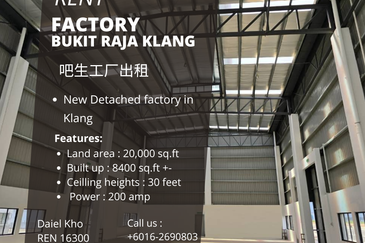
Bandar Bukit Raja @Taipan
Bandar Bukit Raja, Selangor
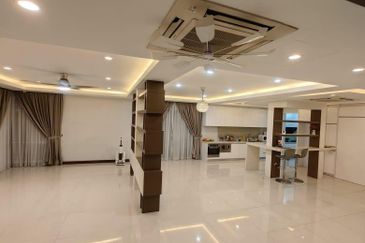
Indah 12, Setia Alam
Setia Alam/Alam Nusantara, Selangor
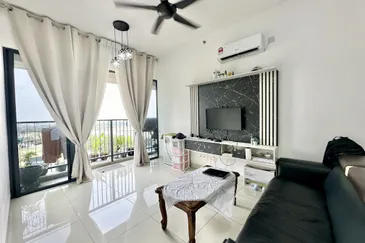
Setia City Residences @ Setia City
Setia Alam/Alam Nusantara, Selangor
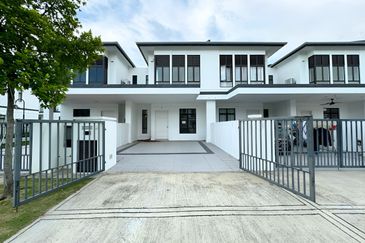
Graham Garden @ Eco Grandeur
Bandar Puncak Alam, Selangor
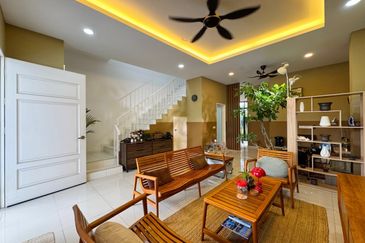
Graham Garden @ Eco Grandeur
Bandar Puncak Alam, Selangor
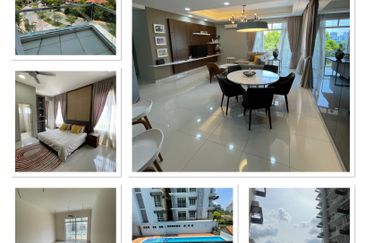
Bukit Jalil Residensi
Bukit Jalil, Kuala Lumpur

hero.jpg?GPem8xdIFjEDnmfAHjnS.4wbzvW8BrWw)

